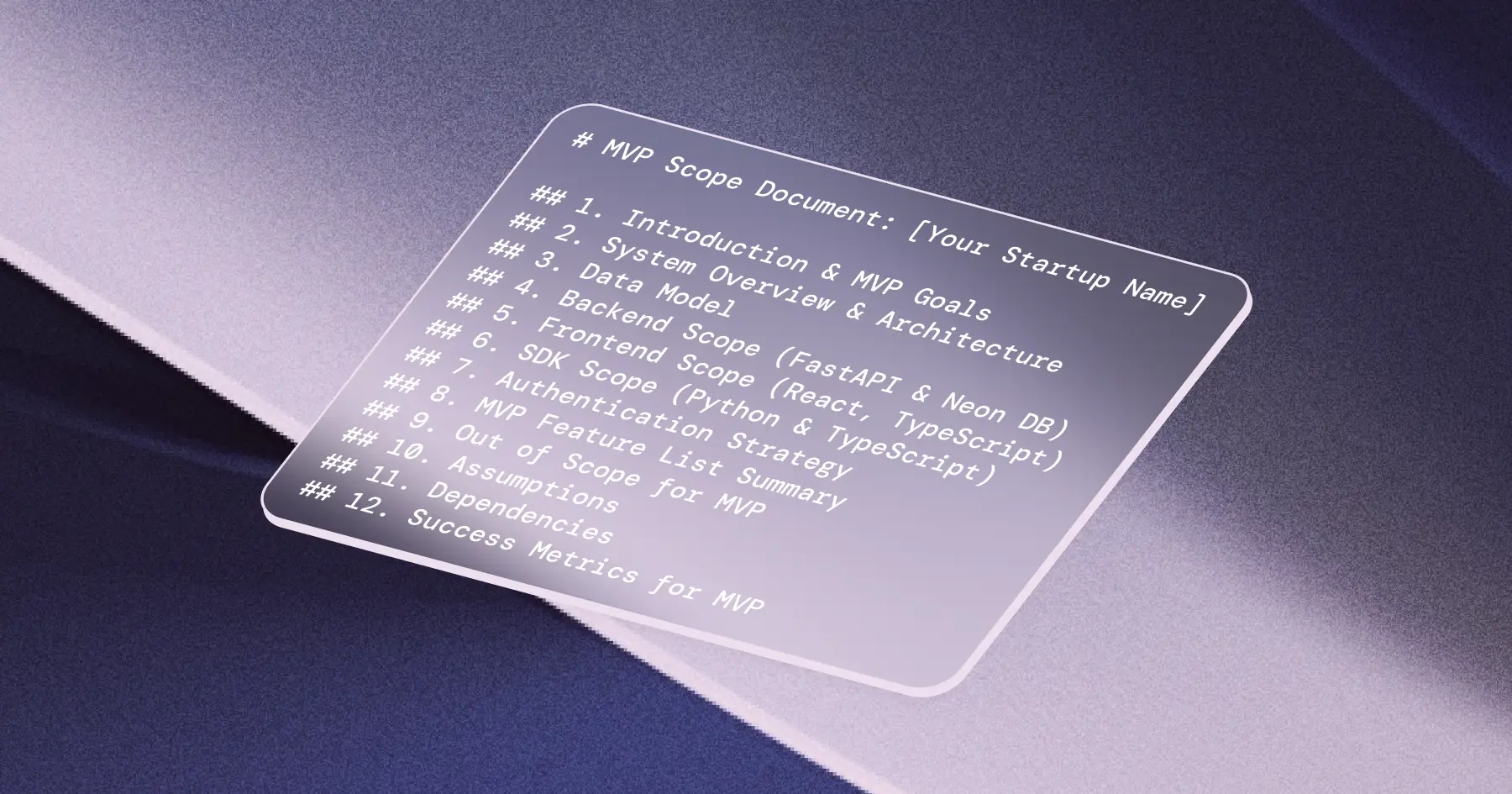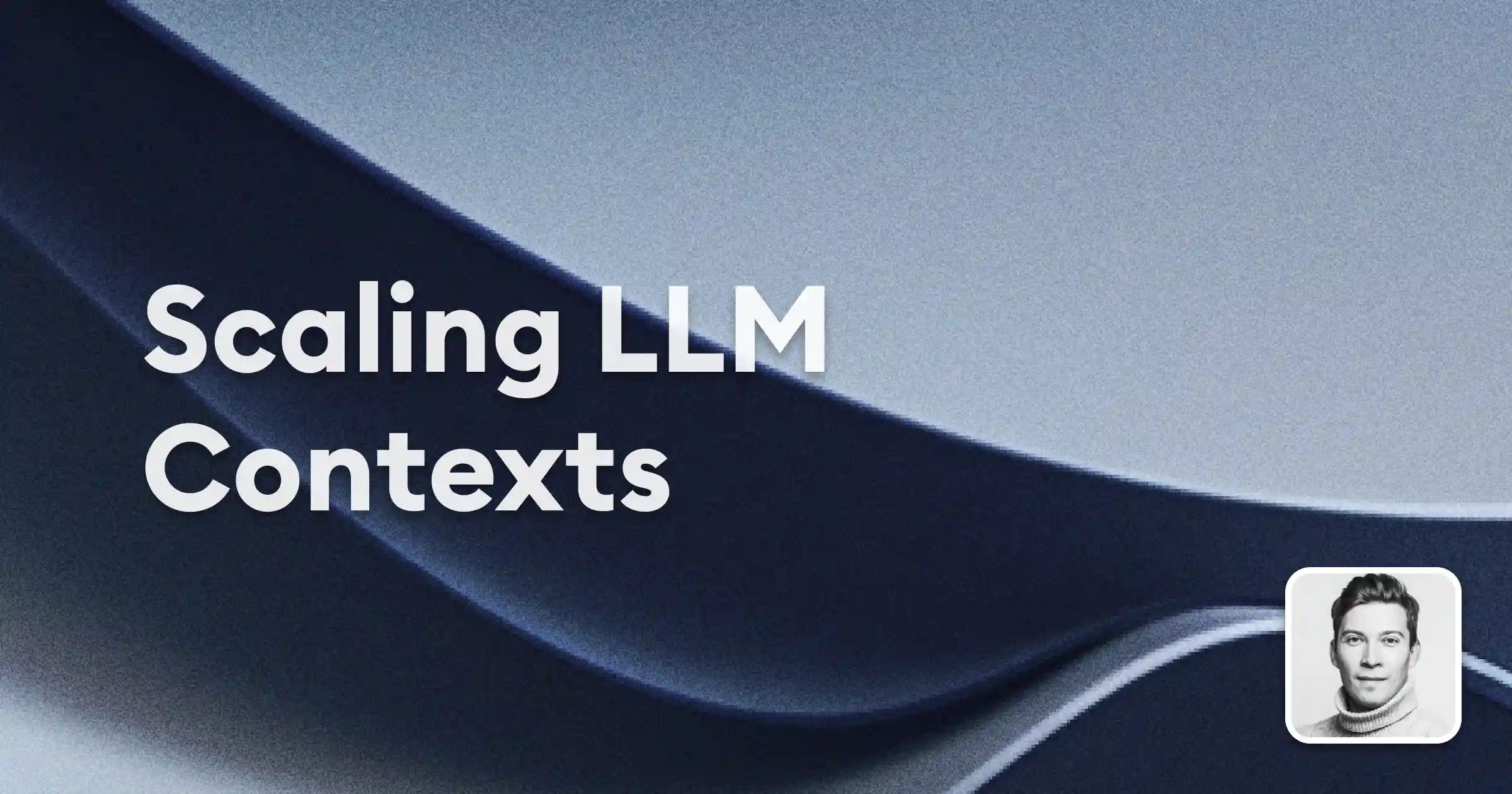In the evolving field of AI, the development and assessment of large language models (LLMs) present unique challenges. In a recent discussion, Aaro and Bernardo delve into the intricacies of evaluating LLM systems. This blog post synthesizes their conversation, highlighting key insights and practical advice for navigating this complex landscape.
This is the 2nd episode of our two-part evaluation series. For part 1, visit the link below.

LLM evaluation (1/2) — Overcoming evaluation challenges in text generation
Evaluating LLM systems, particularly for text generation tasks, presents significant challenges due to the open-ended nature of outputs and the limitations of current evaluation methods.
Understanding Model Evaluation
The Basics of Model Evaluation
Model evaluation is crucial for determining the overall performance of large language models. Researchers use various datasets and benchmarks to compare models effectively. One of the most popular benchmarks is the Massive Multitask Language Understanding (MMLU) dataset, which assesses how well a model performs across numerous tasks. Metrics from these benchmarks provide a comparative framework, allowing researchers to declare one model superior to another.
Popular Benchmarks
- MMLU (Massive Multitask Language Understanding): Evaluates the number of tasks a model can handle.
- TruthfulQA: Assesses the factual accuracy of responses.
- ARC (AI2 Reasoning Challenge): Measures commonsense reasoning and knowledge.
These benchmarks help in comparing models, such as GPT-4 and LLaMA 2 70B, but focus primarily on the models themselves rather than the systems or products powered by these models.
Evaluating LLM-Powered Systems
Key Differences from Model Evaluation
Evaluating LLM-powered systems differs significantly from evaluating the models alone. System evaluations are more task-specific, focusing on how well the system performs a particular function. For instance, in a Retrieval-Augmented Generation (RAG) pipeline, it is essential to verify if the responses are faithful to the retrieved context or if hallucinations occur.
Components of System Evaluation
| Component | Evaluation Focus | Metrics / Methods | Considerations & Challenges |
|---|---|---|---|
| Input Preprocessing | Query decomposition and handling | Precision, recall, F1-score | Handling ambiguous queries, managing complex queries, maintaining query integrity |
| Context Retrieval | Relevance and accuracy of retrieved context | Precision@k, Recall@k, MRR (Mean Reciprocal Rank) | Ensuring retrieval speed, balancing relevance with diversity, avoiding irrelevant context |
| Response Generation | Accuracy and contextual appropriateness of output | BLEU, ROUGE, METEOR, human evaluation | Avoiding hallucinations, ensuring consistency, maintaining tone and style |
Each component requires tailored evaluation methods, reflecting the specific use cases and tasks the system is designed to handle.
Scalable Evaluation Techniques
LLM-as-a-Judge
One innovative approach to system evaluation is using LLMs to evaluate other LLMs. Known as LLM-as-a-Judge or auto-evaluators, this method leverages AI to approximate human evaluation. By using a prompt template, researchers can ask an LLM to assess the factual accuracy or other qualities of responses generated by different models.
Advantages and Flexibility
LLM-as-a-Judge offers several benefits, including scalability and adaptability. It can be tailored to specific tasks and aligned with human evaluators through demonstrations. For example, helpfulness can be defined differently based on user requirements, and the LLM can be trained to evaluate according to these criteria.
Research and Practical Applications
Supporting Research
Research supports the use of LLM-as-a-Judge. Studies like "Judging LLM-as-a-Judge" have shown high agreement between LLM evaluations and human judgments, with up to 80% alignment. This validation is crucial for building trust in auto-evaluation methods.
Building Effective LLM Judges
For teams looking to implement LLM-as-a-Judge, Bernardo offers practical advice:
- Start with a strong system prompt: Clearly define the task and evaluation criteria.
- Design the evaluation task thoughtfully: Decide between pairwise comparison or grading scales, and choose an appropriate precision level for scoring.
- Request explanations: Prompt the LLM to explain its evaluations to gain insights into its decision-making process.
Limitations and Considerations
Biases and Limitations
Despite their advantages, LLM judges are not without limitations. Biases such as position bias, length bias, and self-enhancement bias can affect evaluations. Additionally, smaller models may lack the capability to perform reliable evaluations.
| Bias/Limitation | Description | Impact | Mitigation Strategies |
|---|---|---|---|
| Position Bias | LLM-as-a-Judge tends to prefer the first output in pairwise comparisons, a bias also present in human decision-making. | May result in unfair evaluation favoring the first presented output. | Be aware of the bias; randomize the order of outputs presented to the LLM judge. |
| Length Bias | Also known as verbosity bias, where LLMs prefer longer outputs even if they are of lower quality and less readable. | Can lead to higher scores for unnecessarily verbose outputs, affecting the quality of evaluation. | Implement length normalization or other heuristics to adjust for verbosity in evaluations. |
| Self-Enhancement Bias | LLMs, such as GPT-4, tend to prefer outputs generated by themselves, leading to biased evaluations. | Higher chances of scoring outputs from the same model higher, causing unfair advantage and skewing results. | Use a different LLM model for evaluations than the ones being evaluated. |
| Model Size Limitation | Smaller models, like 7B models, may lack the capability to perform reliable evaluations. | Inaccurate or less reliable evaluations due to insufficient abilities of smaller models. | Use more powerful models for evaluations to ensure reliability and accuracy. |
| Closed-Source Model Updates | Updates to closed-source models like GPT-4 or Claude, which are not always disclosed, can change the behavior of the LLM judge. | Changes in model behavior can lead to inconsistencies in evaluations over time, making it difficult to maintain reliable assessment criteria. | Regularly check for updates and re-evaluate the performance of the LLM judge; consider using open-source models when consistency is crucial. |
Dealing with Closed-Source Models
When using closed-source models like GPT-4 or Claude, updates to these models can alter their evaluation behavior, posing a challenge for consistency over time. For more on this topic, see our post on improving LLM systems with A/B testing.

Improving LLM systems with A/B testing
By tying LLM performance to business metrics and leveraging real-world user feedback, A/B testing can help AI teams create more effective LLM systems.
Ensuring Reliability
Meta-Evaluation
To ensure the reliability of auto-evaluators, it is essential to meta-evaluate the LLM judge. This involves curating a representative dataset, having human experts score the outputs, and calculating the correlation between human and LLM evaluations. Regular checks can help maintain the integrity of the evaluation system.
Conclusion
Evaluating large language models and the systems they power is a complex but essential task. By leveraging innovative techniques like LLM-as-a-Judge and combining them with human evaluation, AI teams can achieve more reliable and scalable assessments. As the field evolves, continued research and practical experimentation will be key to refining these methods and overcoming their limitations.



